
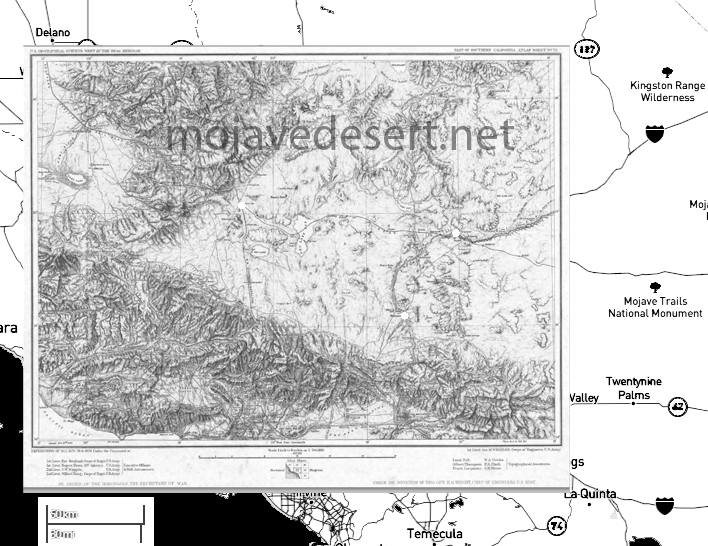
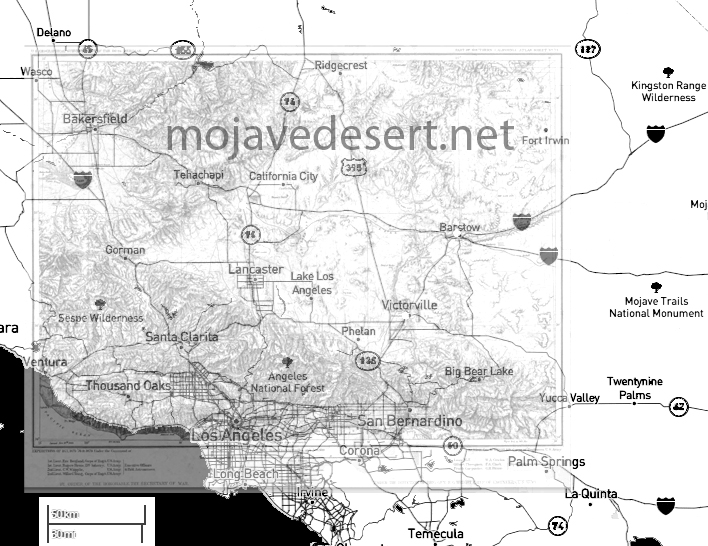
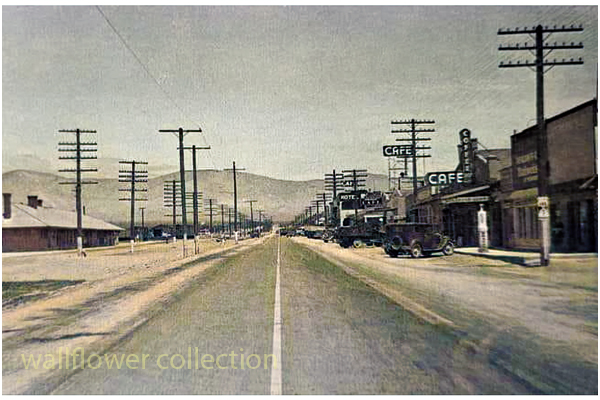
The Sierra Highway is a road in Southern California, United States, with a rich history. Here’s an overview:
The Sierra Highway, like many historic roads, tells a story of technological progress, changing transportation needs, and the development of communities along its path.
Mountain High North, previously known as Ski Sunrise, is part of the Mountain High Resort in Wrightwood, California. This area of the resort has its own unique characteristics and offerings. Here’s an overview:
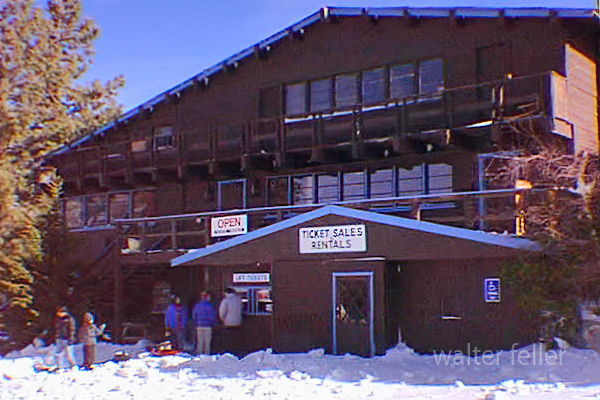
Ski Sunrise – 1996
Mountain High North, previously known as Ski Sunrise, is part of the Mountain High Resort in Wrightwood, California. This area of the resort has its own unique characteristics and offerings. Here’s an overview:
Mountain High North, with its focus on beginner-friendly slopes, snow play, and tubing, plays a crucial role in the overall appeal of Mountain High Resort. It caters to a segment of visitors looking for a more relaxed, family-oriented snow experience in the proximity of Los Angeles.

Holiday Hill Ski Resort, located in the San Gabriel Mountains near Wrightwood, California, has a significant place in Southern California’s skiing history. While less known today, Holiday Hill played an important role in the region’s winter sports scene. Here’s a brief overview of its history:
In summary, Holiday Hill Ski Resort was a key player in developing the skiing industry in Southern California. Its integration into Mountain High Resort has allowed its legacy to continue, contributing to the region’s rich history of winter sports.
Historical
Holiday Hill
Blue Ridge
Ski Sunrise
Table Mountain
Click here for Mountain High Ski and Snowboard Conditions Reports
Koehn Lake and the nearby ghost town of Saltdale have a rich history intertwined with the salt industry in California. Koehn Lake, situated in the Fremont Valley of the Mojave Desert in eastern Kern County, California, is a dry and seasonally endorheic lake, occasionally becoming a closed basin without outflow. The lake is approximately 5 miles long and 3 miles wide at its widest point.

Saltdale, founded in 1915, owes its origins to the salt harvesting operations from Koehn Dry Lake. The town had a post office operating from 1916 to 1950. The history of salt production in the area began in earnest in 1914 with the operations of the Consolidated Salt Company. This was further expanded with the involvement of the Fremont Salt Company from 1919 to 1927, which also utilized solar evaporation of surface brine for salt production.
The salt industry in this region has undergone several changes in ownership and production methods over the years. In the early 20th century, salt production fluctuated considerably, largely dependent on rainfall and storm runoff to supply water for brine formation. Modern techniques involve pumping brine from wells and channeling it to ponds for evaporation, a process that takes about four months to form approximately 6 inches of salt.
Saltdale, during its peak, had a diverse community, including managers, skilled workers, and their families, as well as common laborers, often Latino Catholics. The town had facilities like a company store, a post office, a school, and a service station. Saltdale’s school, under the guidance of notable teachers, played a significant role in community life, including efforts towards “Americanization” by encouraging English language use and cultural integration.
However, Saltdale faced challenges due to its remote location and the fluctuations in the salt industry. The town experienced isolation, difficulties in accessing law enforcement and medical care, and was impacted by the economic conditions of the time, including the Great Depression.
The decline of Saltdale was marked by the eventual abandonment of the town by the 1970s. The salt operations also evolved, with less need for manpower due to modernization. Today, Saltdale stands as a ghost town, with the remnants of its past slowly eroding away in the salty landscape.
Koehn Lake, apart from its salt mining history, has also been used for various other purposes. At its northern end, there are evaporation ponds from the salt mining operation, and the rail siding at the former townsite of Saltdale has been used for offloading explosives. The area around the lake has also been used for testing by the Reaction Research Society and for a desert test track by Honda Motors. In 2014, it was notably the area where Virgin Galactic’s experimental spaceship disintegrated.
The history of Koehn Lake and Saltdale provides a unique glimpse into the industrial and community life of early 20th-century California, highlighting the challenges and adaptations of a community built around a natural resource.
With its vast and rugged landscape, the Mojave Desert is steeped in legends and ghost stories passed down through generations. Here are some of the most famous ones:
These stories, whether based on fact or fiction, add a rich layer of mystery and intrigue to the Mojave Desert. They reflect the human fascination with the unknown and the allure of a beautiful and forbidding landscape.
Covered wagons significantly impacted the United States’ westward expansion during the 18th and 19th centuries. These wagons, often called “prairie schooners,” were designed to transport goods and settlers across the North American continent.
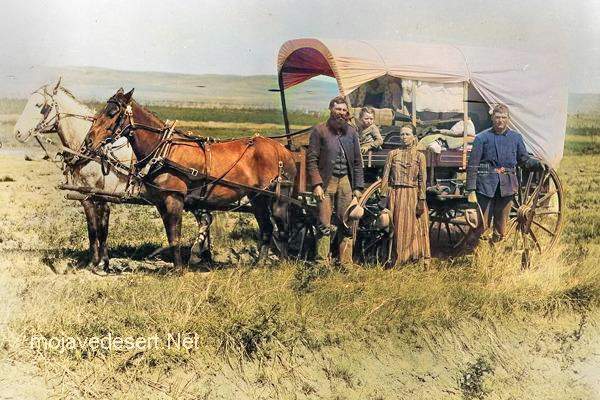
Key features and uses of covered wagons included:
The use of covered wagons declined with the advent of railroads, which offered a faster and more efficient means of transporting goods and people across the country. However, their legacy remains an integral part of American history and folklore.
The 20-mule team borax ore wagons used in the late 1800s to transport borax from the mines in Death Valley, California, were quite large and had specific dimensions.
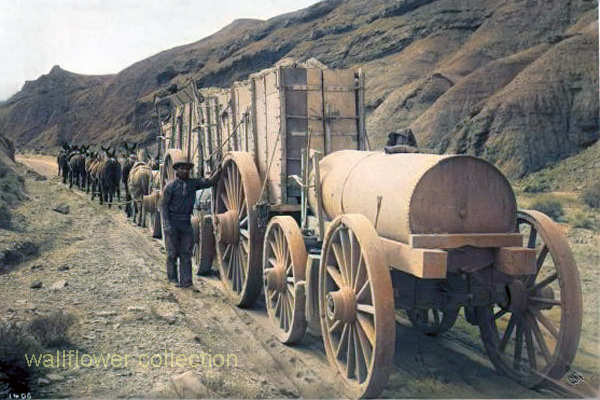
Here are the approximate dimensions for a typical 20-mule team borax ore wagon:
These massive wagons required a team of 18 mules and two horses to pull them across the harsh desert terrain. They were an iconic part of the borax mining industry in the late 19th century and were crucial in transporting borax to the nearest railroad for distribution.
So, the 20-mule team borax wagons actually consisted of 18 mules and 2 horses pulling two ore wagons and one water tank wagon. These wagons became an iconic symbol of the borax mining industry in the late 19th century.
The Mojave Indians are a Native American tribe indigenous to the southwestern United States, primarily in the Mojave Desert region, which spans parts of California, Nevada, Arizona, and Utah. They have a rich ethnography and ethnohistory characterized by their unique cultural practices, social organization, and historical interactions with European settlers.
Here are some key aspects of the Mojave Indians’ ethnography and ethnohistory:
The ethnography and ethnohistory of the Mojave Indians provide valuable insights into the history and culture of this indigenous group in the American Southwest. Researchers and historians continue to study and document their traditions to preserve their cultural heritage for future generations.